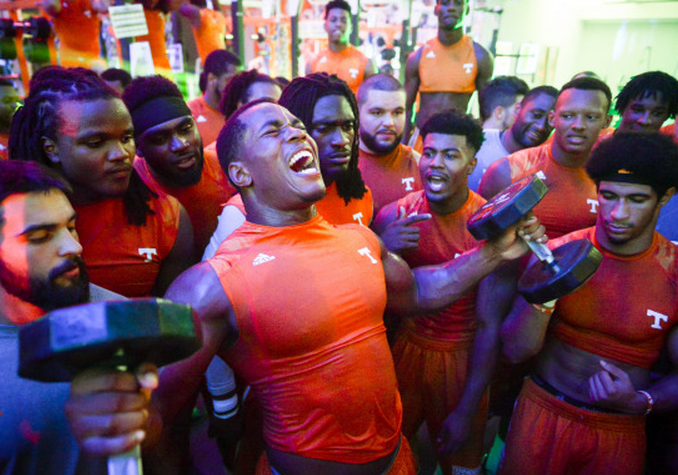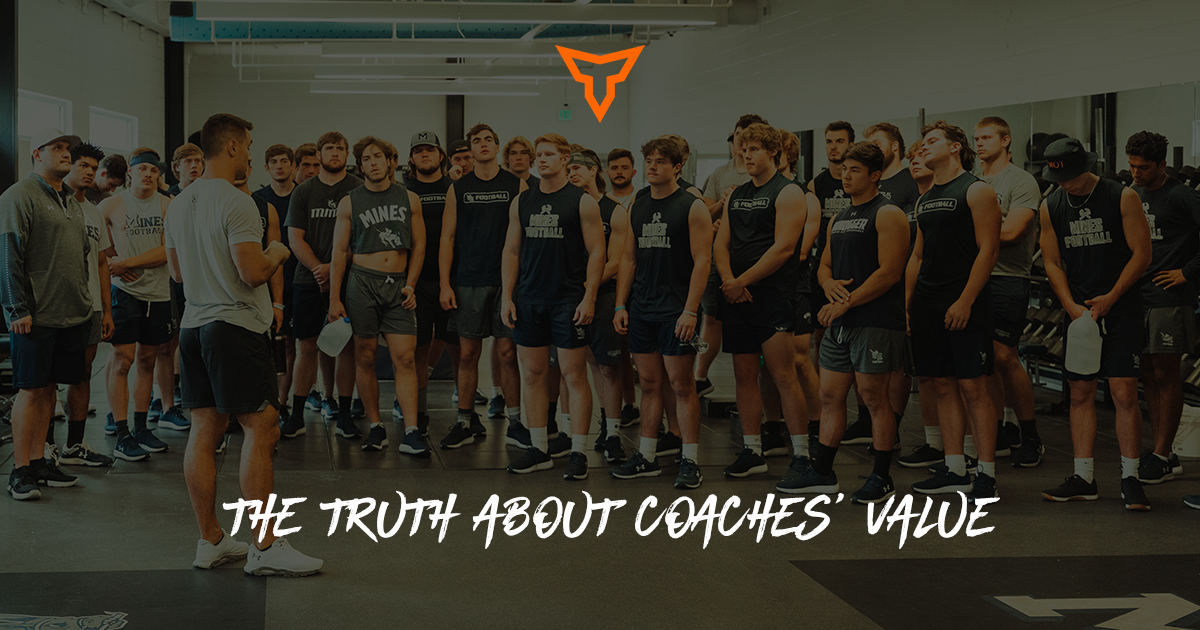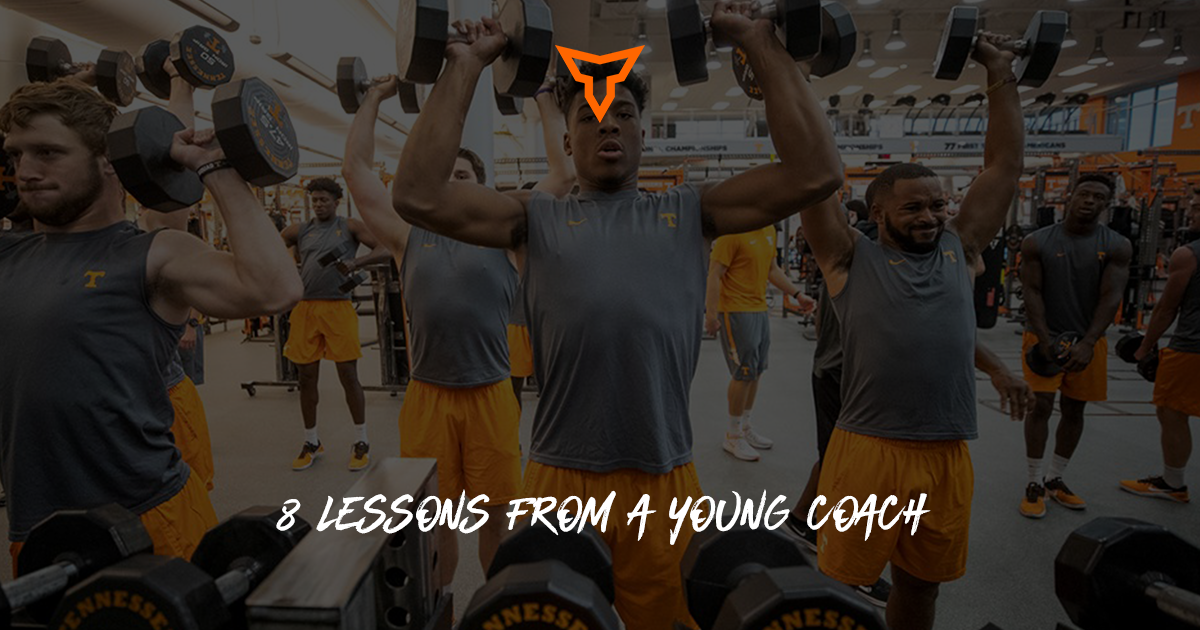Coaching the Whole Athlete: A Holistic Approach to Training
I’m done.
14 years of playing a game I loved summarized in two syllables, and that really hurt. I have never quit anything before in my life, but there I was telling the head coach that I was not playing football my senior year of college. Why? Here is the short version: I suffered three concussions in a very short time and I was terrified. I will never forget the phone call with my parents - I could sense the discomfort in their voices. They did not recognize me over the phone. “I’m done.” That was the first time that those words came to mind. I did not quit immediately. I wanted to finish the semester to see if that feeling would cease.
It never did.
In what seemed like moments at the time, the athlete in me ceased to exist. “I’m done.” A huge piece of my identity was gone, and the first hole formed. This was the start of a very dark phase of my life. Everything took a hit. For my academics, I had to drop classes and alter my plans of graduating with the prerequisites for physical therapy school. Another hole.
Intrapersonally, I dealt with some lingering post-concussion symptoms that had me question my sense of self and my identity. Another hole. I fell far from my religious and spiritual faith, turned to alcohol to cope, and went through phases of suicidal ideation. Just to name a few more elements that became more holes. I had holes everywhere. I was lost and broken.
An image of a battered boat comes to mind. This boat had just gone through a storm. The sky is gray and gloomy while dark clouds still stalk the horizon. The wood is splintered and the boat is taking on water. Lost at sea and broken. The boat is still afloat slowly drifting away from the storm that ravaged it. That is my boat. I share this image because of the power it has had in my life and coaching career. The storm during that phase of my life led me into the strength and conditioning profession.
Over time, I realized that the holes in my boat would not be the reason I drown but the reason I continue to go on.
I am whole in my boat.
What does this imagery have to do with coaching? To me, everything. Every student-athlete will have storms. They will have holes. They may feel lost and broken during phases of their lives. The idea is to help them discover how to be whole in their boat. That is what coaching the whole athlete is about. Take the storms and the holes into consideration and put it all in perspective to empower the athlete to continue. No storm can sink you. That is our responsibility as coaches.
I recently heard Mike Tomlin, the head coach of the Pittsburgh Steelers, call out coaches who run away from the responsibility of coaching. He referenced coaches who call out their athletes for their lack of coachability, while the same coach refuses to look inward and adapt their coaching to their athletes. I find this concept to be relevant in our current realm of collegiate athletics.
What are we doing to adapt our coaching to the current student-athlete? Or do we expect the student-athlete to adapt to our coaching? As a strength and conditioning coach, my mission is to utilize evidence-based training practices to facilitate positive adaptation to mitigate injury and increase performance. Every day there are variables impacting student-athlete performance that I identify, assess, and adapt the program to. As data-driven as my role can be, there is a high interpersonal element to my position.
I know how much distance our student-athletes cover, how many times they jump, what direction they cut, what their average heart rate is, and their total tonnage on any given day. Yet a simple “How are you doing?” can tell me so much more. What tests they have coming up, a bad night of sleep, family concerns at home, or just a general bad day are all important at that moment for that student-athlete. It is my responsibility to consider all of these elements to put the student-athlete in the best possible position to succeed. Sometimes that may require me to relieve control over the training program and give that control to the team/individual.
Although that may not be the best “on paper”, it could be the best option on that day given the situation. At other times, I need to find a path of motivation that works for the team/individual to push through the acute discomfort for the larger gain later in time. I have to coach the team and the individual(s) at all times. To do that, I have to make sure I am rooted in the right mindset to approach coaching. I need to know my why, my what, and my how.
My coaching philosophy is built upon three tenets: love, serve, and adapt. Love is my why, serve is my what, and adapt is my how. This can be summarized as: love what you do, serve what you love, and adapt to serve. In practice, love drives me to want to put the student-athletes in the best possible position to succeed on and off their respective fields/courts of play. Serve is my role - I serve as a strength and conditioning coach and I pursue my mission. Adapt is what I need to change to best serve the student-athletes; that can range from an exercise during a session to my coaching style.
Love. Serve. Adapt.
It sounds quite simple in practice, but it is important to respect each tenet for what it is. Love is intricate, but when found it is powerful. Service is humbling, but only if you are serving others and not yourself. Adaptation is difficult, but only if you are changing something deeply ingrained in you that is not on the surface level. It is important as coaches to continuously develop ourselves to better serve our student-athletes. Sometimes that will involve taking a look inwardly and making some difficult changes.
When the teacher ceases being a student, that teacher becomes irrelevant. We must stay relevant to continue to put those we coach in positions to succeed in their sport and life. An image of a battered boat comes to mind. This boat had just gone through a storm. The sky is gray and gloomy while dark clouds still stalk the horizon. The wood is splintered and the boat is taking on water. Lost at sea and broken. The boat is still afloat slowly drifting away from the storm that ravaged it. That is their boat. Coach the (w)hole athlete.
This article was written for the Coaching The Whole Athlete program by Brianna Welch. Find out more about her program with the link above.
Subscribe to our blog
Subscribe to receive the latest blog posts to your inbox every week.
Related posts

5 Pictures from Tennessee Football "Late Night Lift"

The Truth About Coaches' Value

